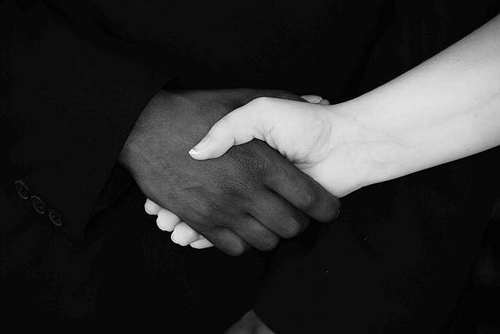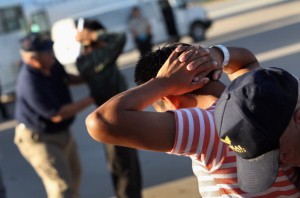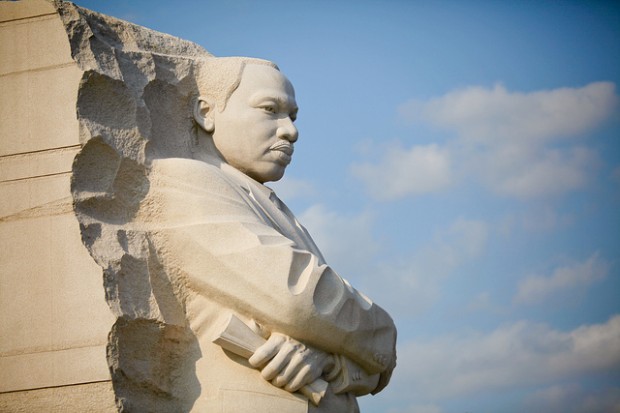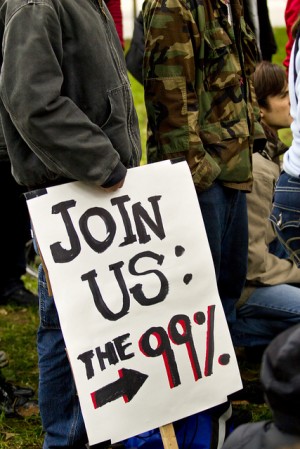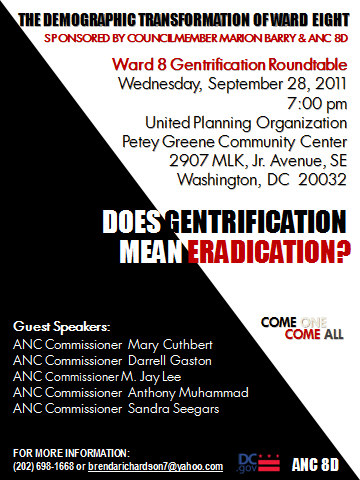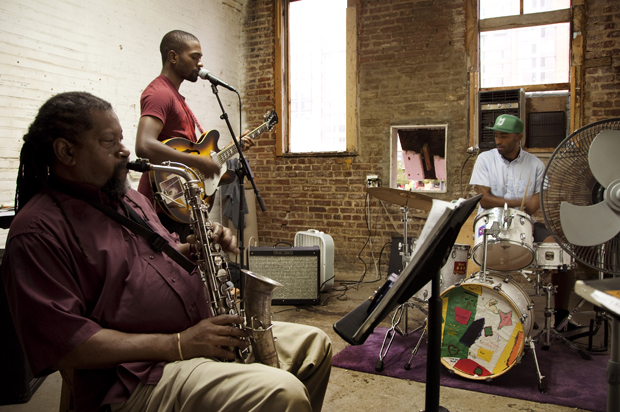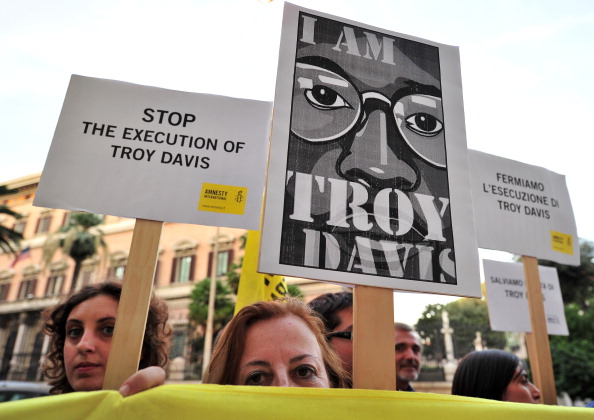The changing attitude surrounding interracial marriages, which now make up 7.4 percent of all American marriages, was the subject of a recent NPR piece that aired on All Things Considered.
According to recent data, the least common pairing is between black women and white men, followed by white women and black men. The most likely interracial marriage is between Hispanics and non-Hispanics, followed by those between white men and Asian American women. So what does that tell us about race in America? From NPR:
“It reflects the status hierarchy,” says Roderick J. Harrison, a demographer at Howard University. “If you’re trying to marry up, clearly whites are it. If you’re trying to avoid marrying down, it would still look like blacks might be the least preferred.”
But even though a relatively small percentage of all American marriages are interracial, attitudes have changed much more rapidly in recent years. In 1987, 48 percent of Americans felt it was okay for whites and blacks to date. By 2009, it jumped to 80 percent. And in 2008, almost 15 percent of all new marriages were interracial, a record number according to the Pew Center.
D.C. is a diverse, vibrant city, and the number of multiracial people living here has increased by about 2 percent over the past decade. By 2010, about 17,316 D.C. residents were multiracial, about 7,000 of whom reported to be black and some other race.
What do you think: do attitudes in D.C. reflect the national increase in interracial marriages? Is it more accepted in D.C. than in other places or is there still a taboo? What have been your experiences with interracial dating and marriage?



